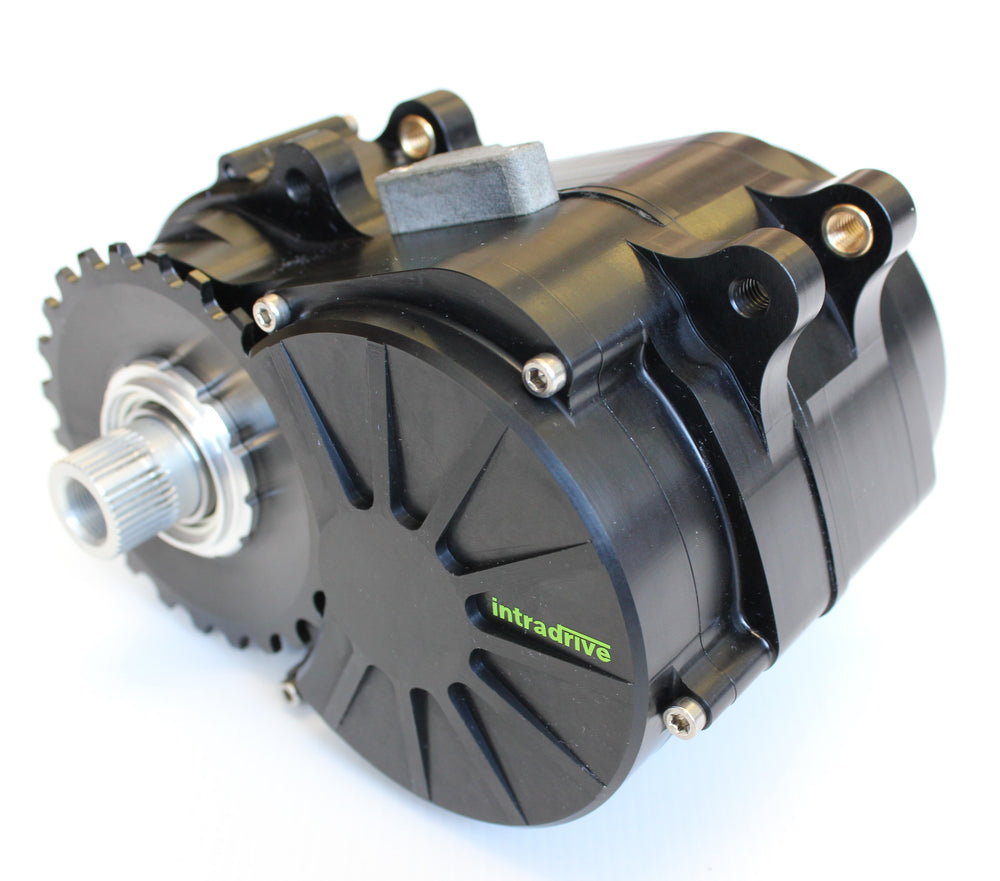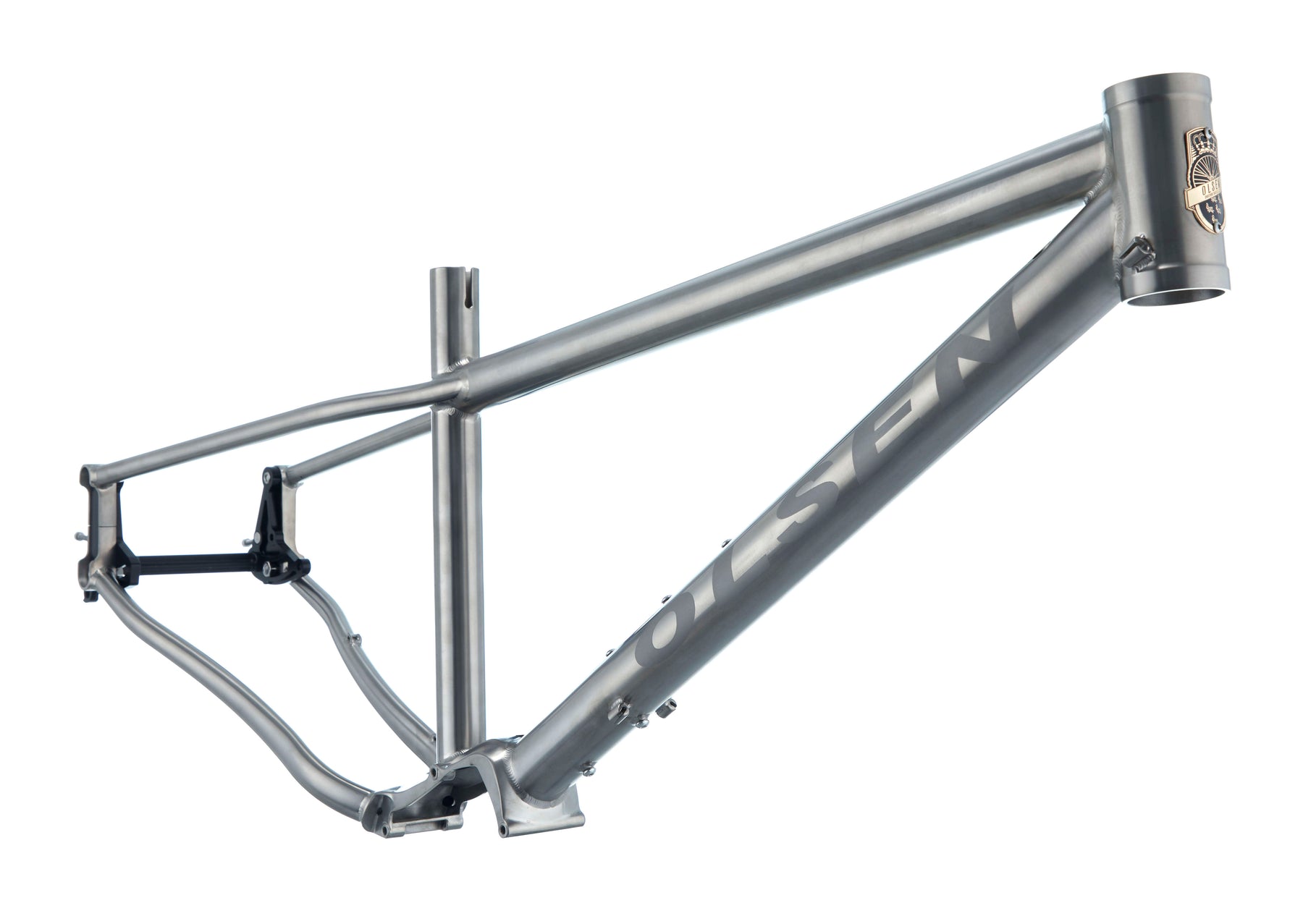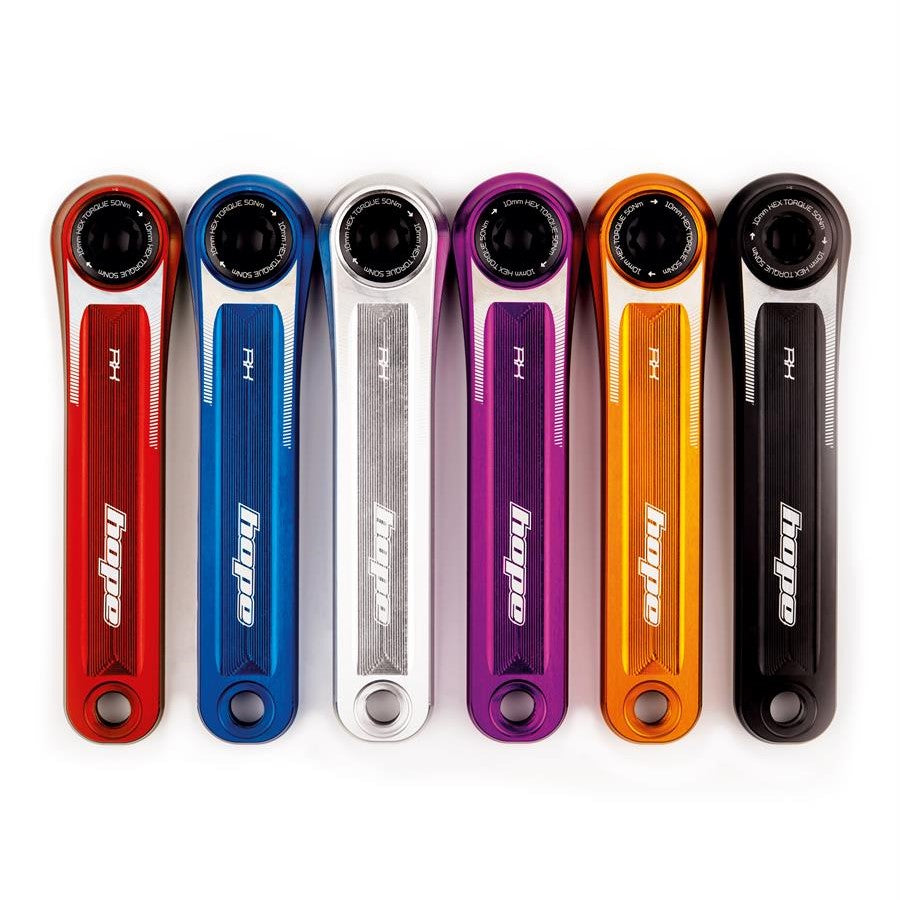Reconsidering everything about how we ride bicycles and how the cycling industry has evolved. There are a lot of bicycles standards and the whole bicycle market has become fragmented, with most bicycles and e-bikes aimed at the leisure market.
As cyclists we have all forgotten how daunting, buying a bike, must be to our non-cyclist friends… We all have friends who ride bikes but just want something simple - but get confused by "that guy" in the shop who "sells" them something that is over specified for what they "really" need.
Covid has highlighted this fact that people will ride anything. And they did to get out of the house with their families dragging those bikes out of sheds. Bike shops selling out of 1 years stock in the first 3 months, as people have discovered cycling again.
People are patiently waiting for stock - but I ask you all - is it going to be better or are we collectively kidding our selves? Are we spoilt for choice - but need to wait? What do I mean?
Our parents and grandparents had simple utilitarian bikes. Racing bikes were not used for transport. Mountain Bikes might not have existed, but beach cruisers might have… Tyres not gears should be the determining factor for choosing a bike.
There is a reason why racing bike puncture a lot… They have a team car to quickly replace that WHEEL (not tyre - wheel!) so that you do not need too. However for us mere commuters or weekend worriers (not warriers - ha), we do not have that luxury. We have options like tubeless and CO2 to make puncture repair non existing or faster to repair. But choosing a wider tyre is more comfortable and less likely to pinch puncture.
At Olsen HQ I made the descision to design bikes around tyre width options. I believe that tyre size is the driving factor for what the bicycle is designed and used for. Rotational weight, wheel size and tyre selection should be left as options for the customer to choose. Mud and tyre clearance is something that certain brands forget about if they are designed in California.
The majority of bicycles and e-Bikes are designed around a derailleur. Derailleurs do their job most of the time - however if things go wrong- its a long walk back… Derailleur are on the consumerist trajectory, where things are getting bigger in the promise that it is better. I do not have a problem with derailleurs in the Race and weekend leisure market - however for commuting they quickly wear out with all the road salt and grime.
I know that I cannot convince everybody to singlespeed, however I designed my frames to have drivetrain options. Design it for Belt-drive and singlespeed, with a method to tension the chain or belt, and it is easy enough to add a derailleur hanger and cable routing. As a bonus the singlespeed and cable routing can also be used for Internal Gear hubs like the Rohloff and Kindernay. Keep the rear wheel spacing at 142mm and the dropouts can be changed out to fit 135mm. 135mm caters for Shimano Alfine hub gears and the second hand market for Rohloff Speedhubs. We have specified our wheels 11speed shimano HG cassettes so you can change the bike from singlespeed to derailleur and back.
Suspension forks are another item that have crept onto almost every entry level mountain bike. BMX bikes have small wheels and no suspension and yet hit things harder and faster than most entry level MTBs - so why bother? It looks better so it must be better right?? WRONG...
At Olsen HQ we made the decision to go with Carbon Forks. Carbon forks have come a long way with the inclusion of the maxle and tapered steering tube. Light, responsive and almost bullet-proof. Which one would you choose? The first 3 frames are all based on tyre width and ridign purpose. All singlespeed and belt-drive compatible. All ready for derailleurs if we can get them. We have some on order with expected delivery dates in March.

ARDNAMURCHAN
The Ardnamurchan is a 50-square-mile peninsula in the ward management area of Lochaber, Highland, Scotland. I did not want to do another "Gravel" frame. The Ardnamurchan has 65mm Chainstay clearance allowing for 700x55c AKA 29x2.2" tyres. This frame has a "Gravel-X" geometry with 71 degree head angle, 74 degree seat angle, 55mm BB drop for rock clearance and Cyclo Cross racing. It has a shorter Top tube than the Karapoti and is calibrated to run drop bars. This frame is going to rip it up on the South Downs Way where the extra tyre volume is needed over the 100 miles.

KARAPOTI
The KARAPOTI Classic was my first 50km MTB race where I broke my deraileur.. The Karapoti frame has an XC or MX geometry with 70deg head angle, 73deg seat angle, 50mm BB drop. XC style sloping top tube and a dropper seatpost (geometry) and Rocker Split Dropouts for belt drive. This bike is a modern twist to those 1990 racers. This frame is at home with a rigid or 100mm suspension fork.

MOHIKINUI
The Mokihinui is a bucket list ride in NZ. It is the Maori name for the River that cuts through the OLD Ghost Rd. I wanted this frame to be made up with either 29x2.4" or 27.5x3.0" Tyres. However it will actually fit upto 29x2.8" tyres. It is designed around a dropper post and has a low TT to allow for manouvring. The Mokihinui is happy fully laden with luggage and rigid forks or with a 120mm suspension fork. It has 142mm rear spacing as I see this getting built with an Internal Gear Hub.
At the end of the day, OLSEN will be a small part in the market. But I think simple bicycles with options talk for themselves. The public can see through marketing campaigns. OLSEN is aiming to transend fashion and develop bicycles with "swiss-army" approach to drivetrain and gearing options.... how about you??



